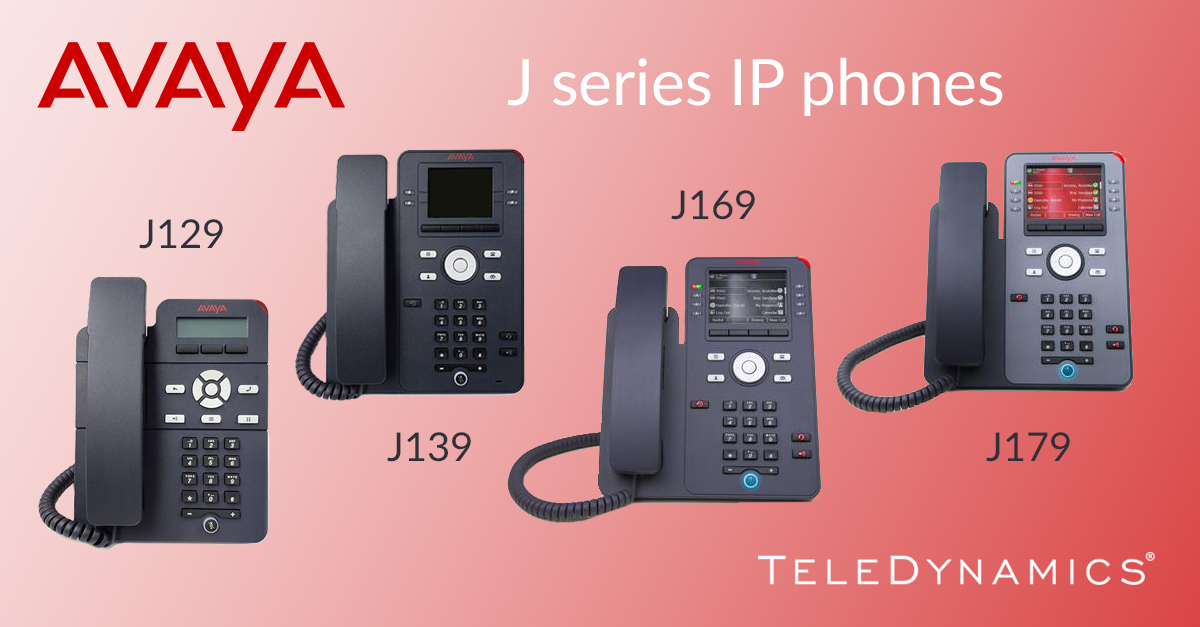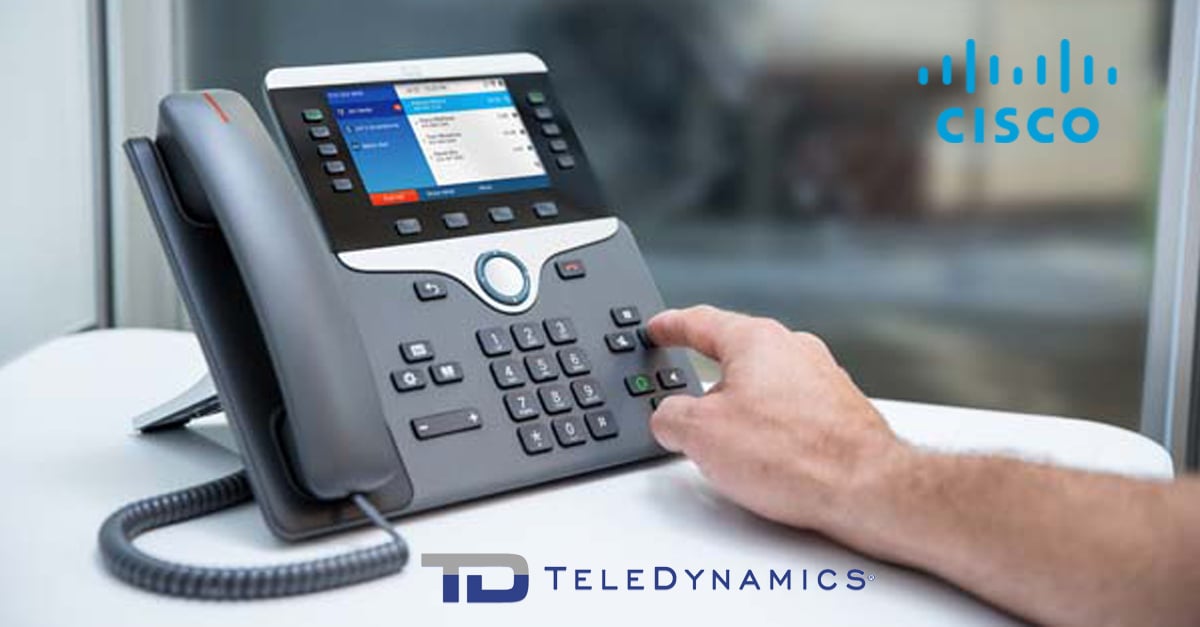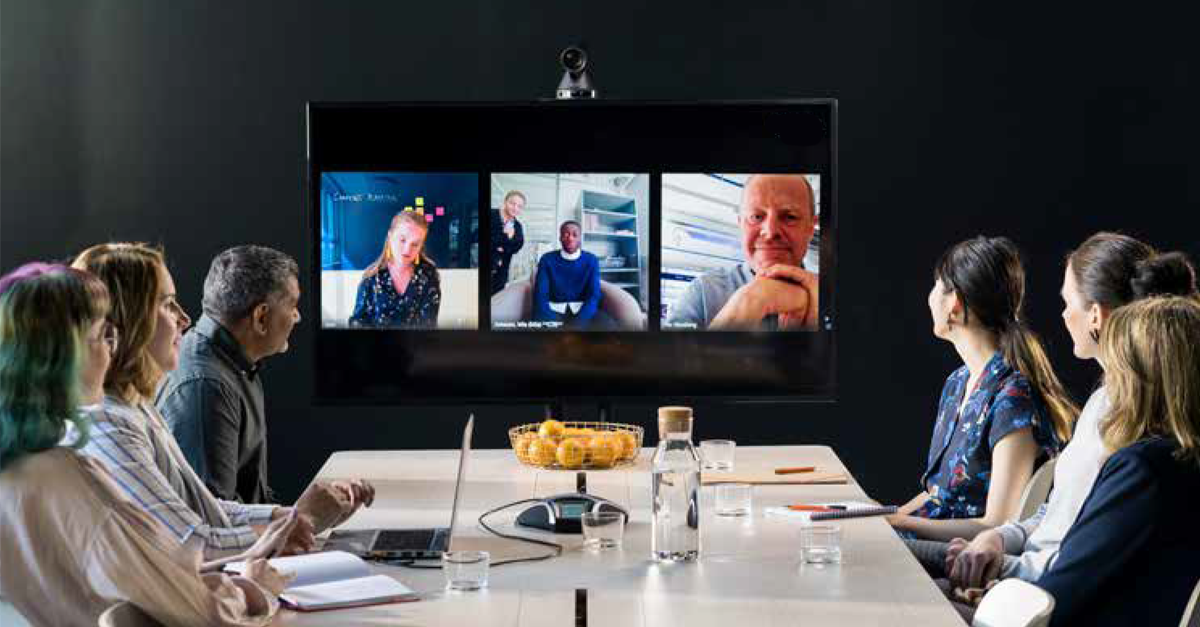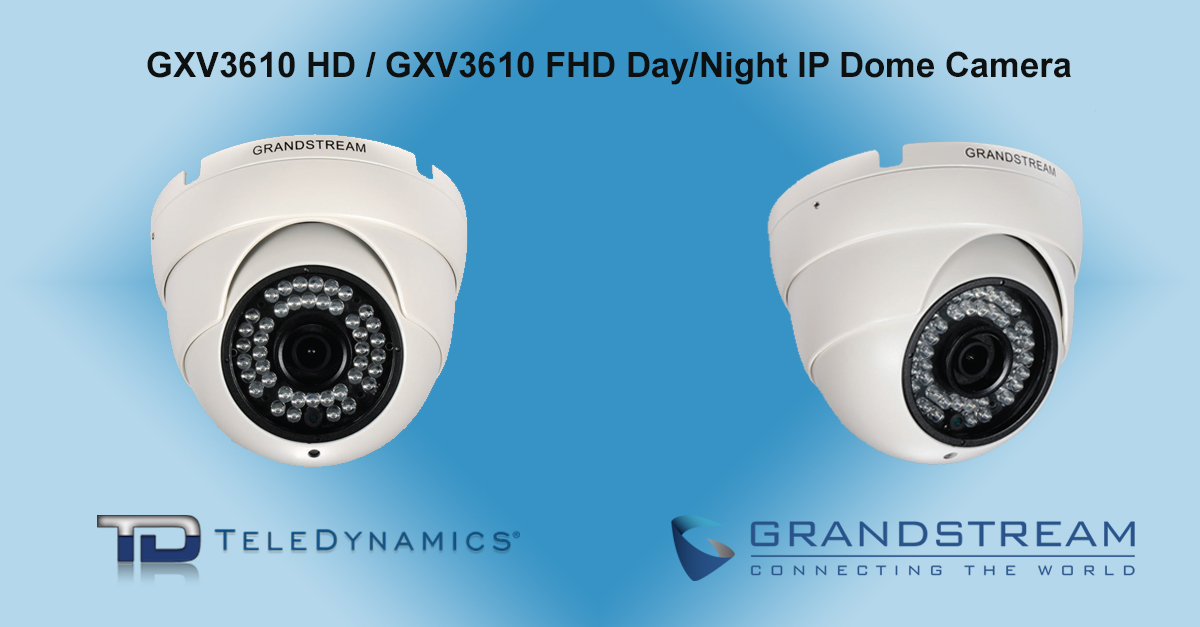Daniel Noworatzky
Chief Technology Officer, TeleDynamics
Product Review
Avaya’s J series phones offer a wide range of options with four models to choose from. From the entry level J129 through to the high-performance J179, these phones are ideal for fulfilling the needs of virtually any enterprise user. The range of features that the J series phones deliver are sufficient for most businesses to base their entire telephony networks solely on these devices. This greatly simplifies implementation, maintains a consistency across the network, and allows you to take advantage of some of the most advanced features these phones provide.
Read More
Topics:
SIP Phones,
VoIP,
Product Review,
Bluetooth,
Wi-Fi,
Avaya
(Product Review)
Yealink’s T5 series phones have been at the forefront of innovation. These phones have successfully combined multiple mature technologies to offer products with the perfect balance between simplicity and functionality. Yealink has remained true to this legacy with the introduction of the VP59, its newest flagship smart videophone.
Read More
Topics:
SIP Phones,
Yealink,
Mobility (including remote work),
Cordless,
DECT,
Videoconferencing,
Android,
Productivity,
Product Review,
Bluetooth,
Wi-Fi,
Unified Communications
Product Review
Have you ever wanted to bring your teleconference with you wherever you go? You may be visiting a client and need to add some partners back at headquarters into the discussion, and there’s no readily available conference phone to use on the premises. No problem, just whip out your Avaya B109 conference phone, pair it with your mobile phone, and begin the conversation!
Read More
Topics:
Mobility (including remote work),
Conferencing,
Product Review,
Unified Communications,
Avaya
Cisco is a name familiar to almost anyone who has worked in networking or telecommunications over the past few decades. Founded in the mid-1980s, it pioneered some of the most fundamental concepts in networking, including LANs, WANs, and multiprotocol routing. In this article, we take a closer look at Cisco and its cutting-edge networking and telecommunications solutions.
Read More
Topics:
SIP Phones,
Headsets,
Gateway,
Switches,
Cisco
Product Review
If you want to get your wireless network up and running quickly, and for a reasonable price, the TP-Link Omada solution is ideal. It provides both easy-to-install procedures and reliable, high-quality components for networks with anywhere from two to two hundred or more access points.
Read More
Topics:
Wireless,
Mobility (including remote work),
Product Review,
Cloud,
Wi-Fi,
TP-Link
Did you miss Channel Partners in Las Vegas last week? Fear not - we've jotted down some of the key themes for you. Take note!
Read More
Topics:
Trends,
Network Security,
Cloud,
Events,
News,
IoT,
Unified Communications
Product Review
Konftel video conferencing and collaboration gear offer a high level of features and options, and at the same time emphasize simplicity in both setup and use. This is especially true of Konftel’s C50XX series of collaboration solutions, which offer robust videoconferencing functionality that is intuitive enough for anyone to use.
Read More
Topics:
Videoconferencing,
Product Review,
Unified Communications,
Konftel
Product Review
Grandstream’s GXV3610 HD and FHD fixed dome IP cameras provide state-of-the-art indoor/outdoor, day/night surveillance. Easily installable almost anywhere, they are weatherproof, equipped with a 3.6 mm lens, and perfect for wide-angle monitoring of nearby subjects in crowded environments. What's more, they are compatible with a wide array of other surveillance equipment to become an integral part of your overall surveillance system.
Read More
Topics:
Grandstream,
Product Review,
Cloud,
Surveillance,
Unified Communications
Internet Protocol Version 6 is the next-generation protocol on which the future of the internet, and a huge part of telecommunications in general, is based. In this article, we review the characteristics of IPv6 and examine its benefits and challenges when applied to voice over IP, as well as suggest some practical tips for your deployments.
Read More
Topics:
VoIP,
Trends
Part 2 of 2
When it comes to VoIP signaling, SIP is by far the most widely-used protocol. But, there are other protocols, as well, and being familiar with them is helpful when establishing interoperability between systems or deploying specialized installations. In this article, we’ll discuss the H.323 protocol suite and the media gateway control protocol (MGCP), and look at applications for which they are best suited.
Read More
Topics:
VoIP,
Network Design,
Gateway,
Protocols & codecs


















